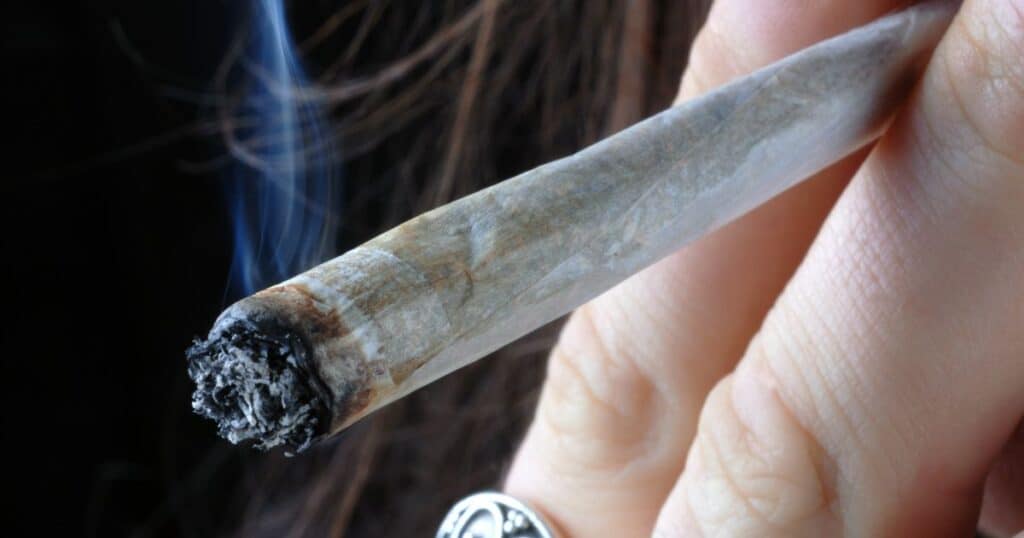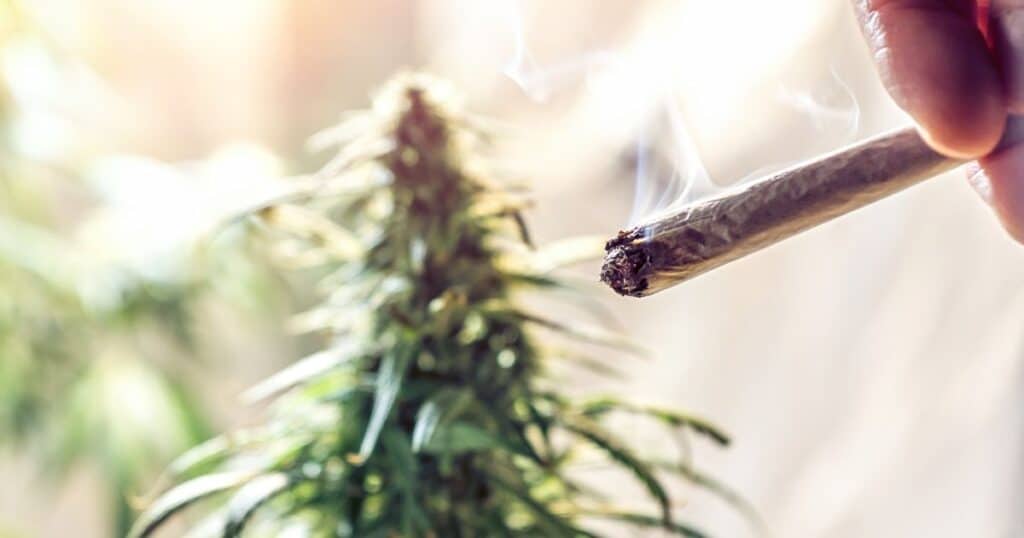Over the last ten years, the landscape of cannabis legalization has transformed dramatically. Efforts are currently underway to reclassify marijuana from a Schedule I to a Schedule III drug, and more states are legalizing cannabis to varying extents.
As of now, cannabis is legal in 38 states and Washington, D.C. While many individuals use it recreationally, scientific evidence supports its efficiency in pain control and management. Whether you are a novice or a seasoned user, understanding how cannabis affects your body and how long it remains in your system is essential.
What is THC and How Does It Affect Your Body?
Tetrahydrocannabinol (THC) is the primary psychoactive component in cannabis that gives users the “high” feeling. Once THC enters your body, it is absorbed into various tissues and organs, including the brain, heart, and fat. From there, it’s metabolized by the liver into 11-hydroxy-THC and carboxy-THC.
Interestingly, THC is highly fat-soluble, meaning it binds to fat molecules in your body, resulting in a longer period for its elimination. This characteristic is why THC can be detected long after the effects have worn off.
After consuming cannabis outside of edibles, the effects can be felt within one to three hours and last another one to three hours. However, the duration of detectability in your system varies significantly depending on several factors, including your metabolism, body fat, and the frequency of use.

The Science Behind Edibles and Their Different Effects
When you ingest an edible, the THC goes through a different metabolic process compared to smoking. The reason for this is The first-pass effect is a pharmacological phenomenon in which a medication undergoes metabolism at a specific location in the body. After being absorbed in the stomach and small intestine, the cannabinoids enter the liver via the hepatic portal vein. Here, delta-9-THC is converted into 11-hydroxy-THC, a compound that is significantly more potent and contributes to the longer-lasting effects of edibles.
Unlike smoking, which allows THC to enter your bloodstream almost immediately, edibles have to be digested and metabolized, a process that can take several hours. This extended absorption and metabolization period means that the effects of edibles last much longer, often 6-8 hours, and can stay in your system for a longer time.
Testing Methods For THC and Detection Windows
There are various drug tests used to detect THC, each with its own detection window:
Urine Tests
Urine tests are the most common method for detecting cannabis use. THC retains the highest concentration in urine, making it the preferred method for drug testing. Here’s what you can expect:
- One-time use: One to three days.
- Moderate use (three times a week): Five to seven days.
- Daily use: Seven to 14 days.
- Heavy use (multiple times per day): 14 to 90 days.
Blood Tests
Blood tests are less commonly used because THC is rapidly metabolized in the bloodstream. Typically, THC is detectable in blood for:
- Up to 12 hours after use.
- Up to 2 days for chronic heavy users.
Saliva Tests
Saliva tests are quick and non-invasive, commonly used for roadside testing:
- Up to 24 hours after use.
- Up to 72 hours for frequent smokers.
Hair Tests
- Up to 90 days after use.
- While reliable for daily or near-daily users, it may not detect light use effectively.
Sweat Tests
- Seven to 14 days after use.
The detection window for cannabis varies depending on the type of test used and the individual’s usage patterns:
- First-time Smokers: Cannabis can be detected for about three days after smoking.
- Moderate Users (three to four times per week): Detection can occur five to seven days after smoking.
- Daily Smokers: Cannabis can be detected for at least 30 days.
Factors Influencing THC Detection Times
Several factors influence how long THC stays detectable in your system:
- THC Dose and Frequency of Use: Higher doses and frequent use result in longer detection times.
- Body Fat: THC is stored in fat tissues; thus, individuals with higher body fat will metabolize THC more slowly.
- Hydration and Exercise: While hydration does not significantly affect THC levels, dehydration can increase THC concentration. Exercise right before a test may also increase the chance of a positive result.
- Metabolism Rate: Faster metabolism rates will remove THC from the body quicker than slower metabolisms.
Unfortunately, there aren’t many reliable methods to quickly flush THC from your body. Time remains your best bet. Regular exercise, healthy eating, and staying hydrated can help, but they won’t substantially change your THC levels overnight.
Here at Beard Bros Pharms we believe that the reason cannabis takes so long to leave the body, unlike other substances like alcohol, opiates and nicotine is that cannabis is positive for the body and is stored for later use. The previous substances named are in actuality poisons, so the body tries to eliminate them as soon as possible.
Cannabis is becoming more accessible, but understanding how long it stays in your system is essential. Whether you prefer smoking or edibles, THC is processed differently and remains detectable for varying periods, influenced by multiple factors such as body fat, metabolism, and frequency of use.
For those navigating employment drug tests or simply curious about their cannabis consumption, staying informed is critical. Always consider the type of test and your personal habits for the most accurate understanding.
















